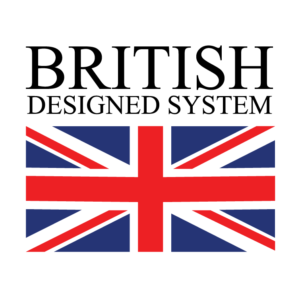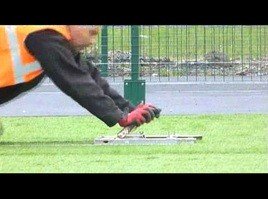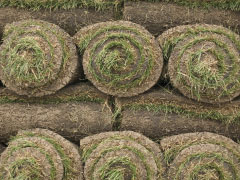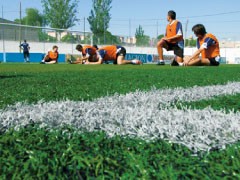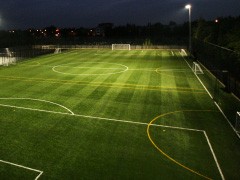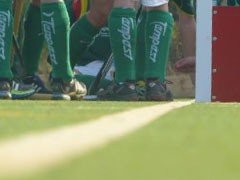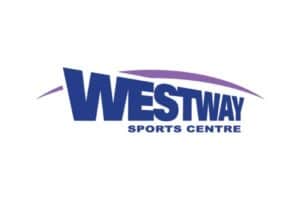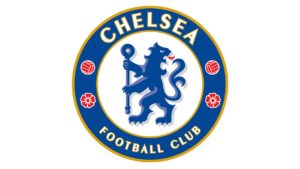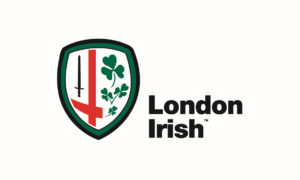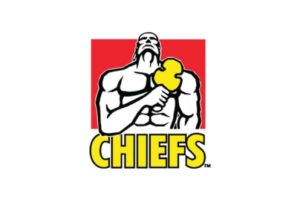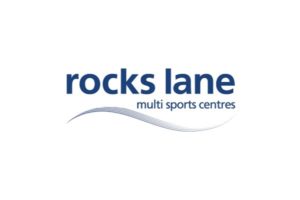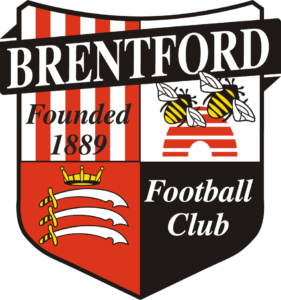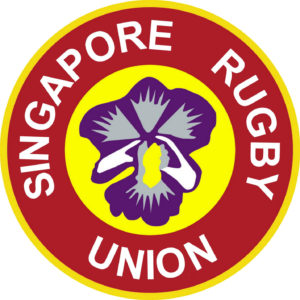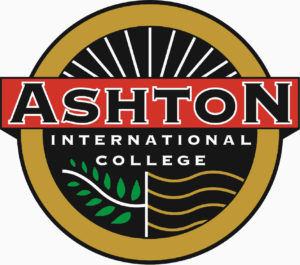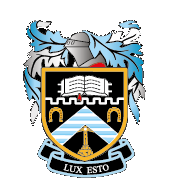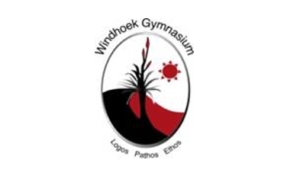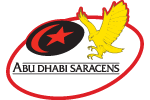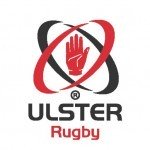If you play sport you always want the best surface to play on. Players often choose which team to represent based on the home ground facilities. Sometimes there may need to be a compromise but match the surface with the right sport and you are onto a winner.
A synthetic turf pitch is a valuable asset for players, managers and owners. It is a massive investment and commitment for all involved. Much hard work goes into making the decision to install a pitch, finding the funds for it and seeing the project through to completion.
Some pitch owners get it right immediately and see a swift return on their investment. This may be satisfied users or measured as fulfilling a basic need, but often it can be financed related. Long gone are the days of limitless grants, and uncontrolled investments. There has to be a return on investment, a justification for the pitches existence. And this raises the simple question; do you get value from your synthetic turf pitch?
There is an equation that explains value. Very simple really, and one pitch owners can benefit from. It is:
Value = Performance – Cost
Some people say value is up to the individual and what he perceives it to be. So in the case of a synthetic turf pitch, what the player sees as value, may differ from the manager of the facility to the investor.
A player wants the best performance he can get from his leisure time. He wants to play his sport despite the weather, on a top quality surface, under good lights and probably close to where he lives. He will perceive value in relation to having a good experience on the surface; does he perform to his best and is the cost to him for his weekly sports fix low. Put him on a surface not designed for his sport and there is a problem. His performance and experience goes down, but the cost of the game would probably be constant, resulting in poor value. He may now stop using that facility and travel further to where he will receive value.
The manager of a synthetic turf pitch is charged with ensuring the facility is used and everyone is happy. For him performance is all about hours of use, whilst cost normally just refers to what is spent on maintenance. But give him a hockey surface when most of his potential income is from football, and he has a problem. He will have to work harder to fill the booking, which impacts on his own personal cost. Value for the manager is getting more of the right type of users suited to his surface.
The investor normally wants a return for his money. It may be a school, which has to provide facilities for its pupils, but can make a little extra income from hiring out its pitch in the evening. If the performance the players receive from the pitch drives up usage to please the manager, the investor, provided enough is charged for the usage, must be pleased.
A well-used pitch can earn in excess of £100,000 per annum, with little marketing outlay and a 10% of revenue maintenance cost. It can also bring in other income, such as bar revenue, kit purchases and sponsorship. A Scottish football club claimed to have seen a return of £200,000 when it switched from natural turf to synthetic grass. In contrast choose the wrong type of surface and usage will drop, with a significant impact on revenue. Value for everyone is low when this happens.
Often the first concern investors have is with the high cost of constructing new pitches. It can be a long time before the facility has paid for itself and is earning money. But with over 2000 pitches now installed around the UK, ensuring value is achieved requires balancing the needs of the stakeholders.
A town with a population around 30,000 would generally have three pitches installed at different times and by differing organisations. The first would likely have been built at a “go ahead” school in partnership with a local hockey club in the mid-90s, with money from the Foundation for Sports & the Arts. It would have been sand filled and used for hockey and football. As the only pitch in town the demand would have been high, and value measured in income and sheer volume of use, rather than quality of play. After twelve years the main user outside the school, most likely still the hockey club, would have pressed for it to be upgraded to a dedicated hockey surface, meeting the clubs demands and still satisfying basic football needs. The pitch would continue to return value at every turn.
Demand for a second pitch, matched with available grants from the National Lottery, would encourage the local council to provide another facility in town, probably at one of its own locations. Given the first pitch was already providing for the hockey community it would appear logical that a new 3G type pitch, which would support local football and balance the community needs would be installed. However, it is more likely that another multipurpose surface would be provided. Value? Not high. The council can say it has provided another pitch, but the growing requirement of the users would be for a surface favouring football, and they are likely to vote with their feet and seek a more suitable surface elsewhere, even poor quality natural turf. With nearly 200 fields a year being built around the UK and education accounting for over 70% of the locations, the next pitch installed would most likely be at another school. The requirement now would be based on the school’s requirements to provide a facility for their usage, which also meets the needs of national curriculum. With evening community use essential to repay borrowings the choice is likely to be a compromise favouring soccer with either rugby or hockey as the second sport. The result would be a happy school and a satisfied community who now have a better surface for their football use.
Around the world there are good examples where value is achieved for everyone. In Holland the sports pitch industry is properly regulated, with an economic base system correctly built and monitored to ensure high standards at an affordable cost, always. In Germany testing ensures pitches are cost effective, but reach higher performance levels than in the UK. Both countries balance out the needs of the communities providing dedicated surfaces, rather than multi –sport ones. This means that footballers play on football surfaces and hockey players play on hockey surfaces.
With the UK’s addiction to compromise, when it comes to providing sports facilities, achieving value has sometimes been hard. The good news is that many owners who are replacing pitches are learning to focus on which sector of the market to please. This is seeing a significant move to better quality systems focussing more and more on one main sport. Players can enjoy their games on the right type of pitch, managers are seeing booking hours increase and repayment of the investment is swifter for owners.
To find out about Rhino-Turf simply get in touch.

